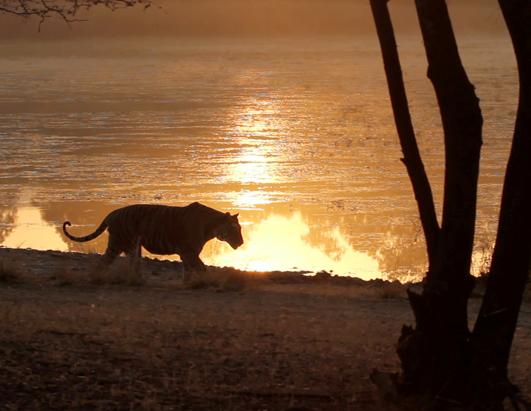
ABC's
Bob Woodruff and "Nightline" producer Jake Whitman spent three days at
the Ranthambore National Park in northern India, driving nearly 200
miles of dusty roads to capture the tourist frenzy over the park's most
popular attraction: rare Bengal tigers. (Jake Whitman/ABC)
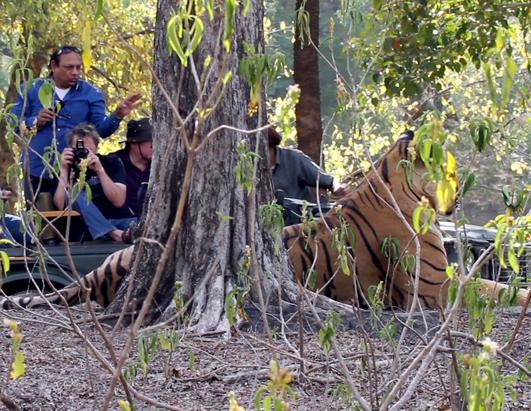
Here,
it's paparazzi meets safari. Jeeps and buses packed with tourists are
allowed to come into the park to hunt down one of the world's most
endangered animals and chase after that perfect shot. Each ride costs
700 to 800 rupees per person, or about $10 to $12 U.S. dollars. There
are no cages or fences separating man from beast. (Jake Whitman/ABC)
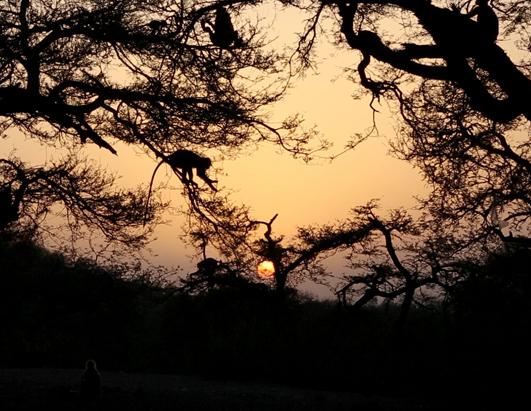

Ranthambore
National Park, nearly 300-square-miles of dry, rocky jungle, is one of
India's largest national parks. Dozens of species of animals roam free
here, including langur monkeys, sambar deer and crocodile. (Jake Whitman/ABC)
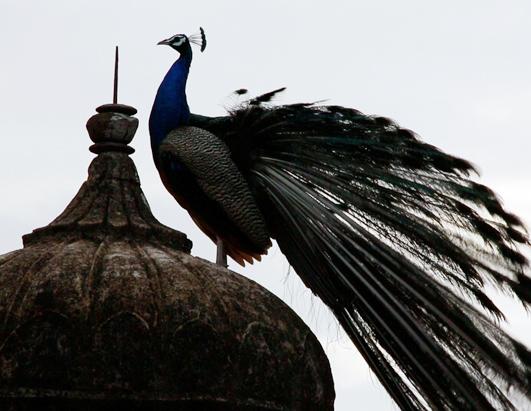

The
park is also home to 272 different species of birds. Here, a male
peacock perches on top of ruins that are part of the historic
Ranthambhore fortress.
(Jake Whitman/ABC)
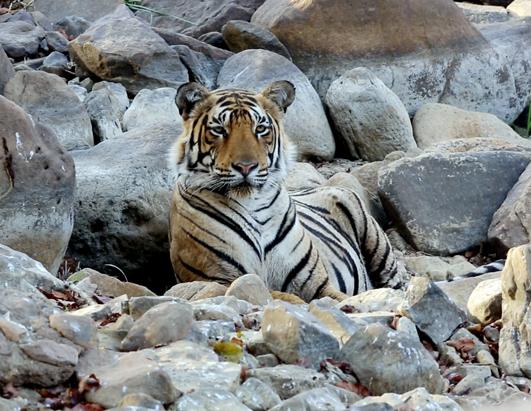

But
it's the park's 47 tigers that bring out the tourists. "Tigers are one
of nature's most beautiful animals," said Balendu Singh, a local resort
owner and honorary wildlife warden who acted as a guide for "Nightline."
"I doubt if any other creature can come close to the tiger in its
magnificence or regality. This is the most beautiful creature God has
placed on the earth." (Jake Whitman/ABC)
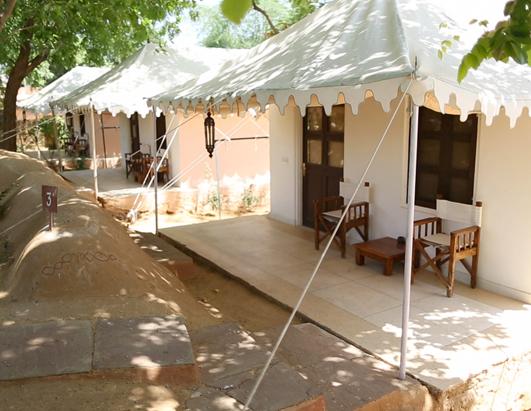

Not
only is Balendu Singh a tiger conservationist, but he also runs a local
resort called Dev Vilas, where people who visit Ranthambhore can stay.
His resort encourages tiger tourism because Singh believes keeping the
park alive is the best way to protect them. (Jake Whitman/ABC)
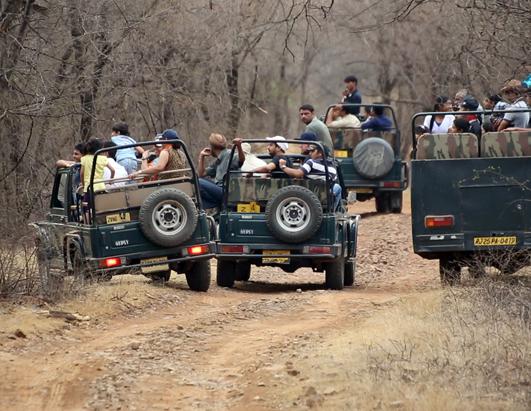

There
are many in India who want to make "tiger tourism" illegal and India's
Supreme Court banned it for three months last summer. But despite
conservationists' pleas, the court has temporarily lifted the ban,
pending a review. (Jake Whitman/ABC)


Even
though the ban on tiger tourism only lasted three months, it was
devastating to residents in the area who rely heavily on the money tiger
tourism brings to their economy. One shop owner said thousands of
people would lose their jobs if it weren't for the park and its tigers.
(Jake Whitman/ABC)
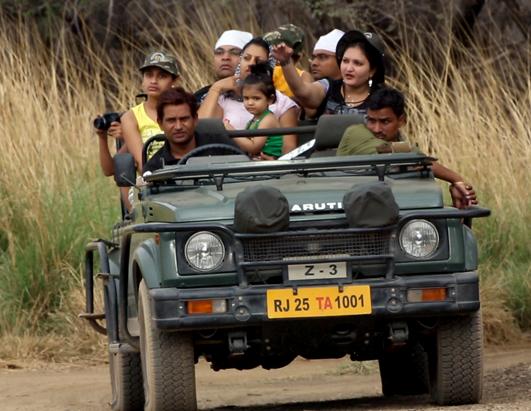

By
one estimate, a single tiger at Ranthambhore National Park generates
some $130 million in revenue over its lifespan. But while the tiger
tourism ban is under review, other provisions were put in place. Only 40
vehicles are allowed at a time, twice a day for three hours. (Jake Whitman/ABC)
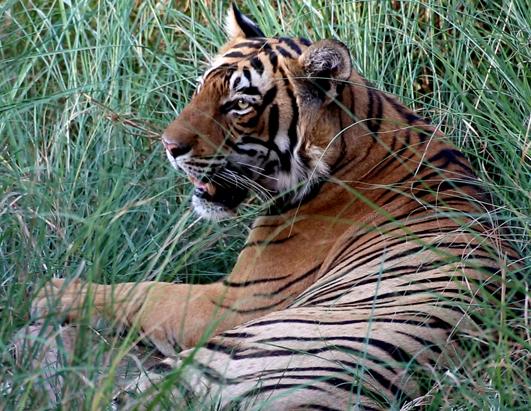

Seeing
the tigers here is a unique opportunity, for there are only about 1,700
of them left in the wild in India. "If tourism was to stop, there would
be total mayhem," Singh said. "I don't see any other way we can go
forward, to save this magnificent beast. It's such a beautiful animal,
you never get tired of seeing a tiger." (Jake Whitman/ABC)
source
source
No comments:
Post a Comment